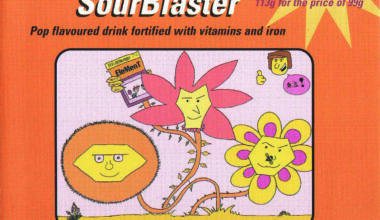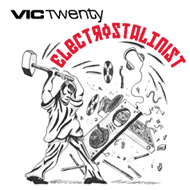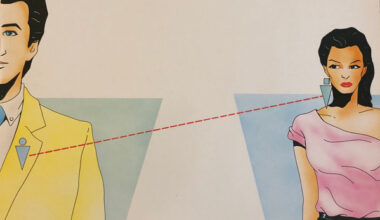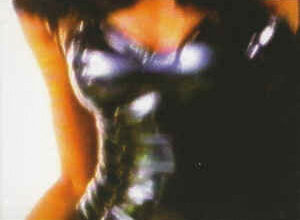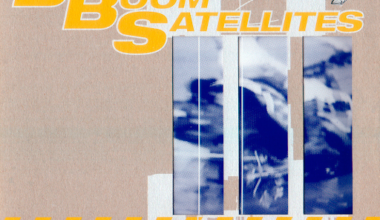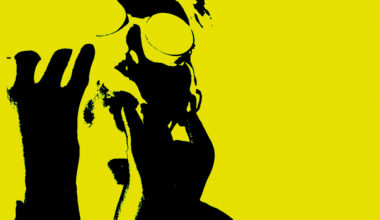
The first music I encountered by this spectacularly named artist was ‘Utuba’ on Warp’s ‘Artificial Intelligence II’ compilation in 1994. The compilation itself was solid gold, with the likes of Higher Intelligence Agency, Autechre, Speedy J, Richard H Kirk, and Polygon Window on board, but it was Hannant’s eight-minute contribution which shone out like the diamond it was. Sparse, rhythmically subtle, yet driving, it hissed and wheezed like a fearsome steam engine and was completely driven by a heartbreaking melody, ‘Utuba’ was my jam. It hypnotised me for a whole season.
Hannant was mistrustful of the music press, and somewhat reclusive; no phone, no computer. Eventually I won an audience and travelled up to York to spend an afternoon with him. I was hoping to find out more about ‘Texturology’, a fabulous concoction, an expensively packaged double album and CD, with textured sleeves.
There was also a limited edition double vinyl version of the album with a completely different track listing. All of it was gorgeous. The album picked up where ‘Utuba’ left off with a painterly approach to music making, layers are added and scraped off (he was trained as a painter at art school), and its rhythmic power is derived from his roots in hip hop and DJ culture. He seemed to have complete mastery over the electronics and melodies, using both to conjure up emotional resonance. With great beats.
But by the time I’d made it up the M1, another album, ’Sculptured’, had been released. It was also brilliantly executed, evidence of an almost manic fertility. Not fussed over in a home studio set-up it was recorded, like all his work, in a proper recording studios with the cash-clock ticking loudly. Where ‘Texturology’ was a note-perfect collection of fresh and beautiful electronic composition, ‘Sculptured’ pushed the boundaries of so-called IDM by including a poetry reading, smoky vocals from folk singer Lida Husik, and a new kind of hammer-kick electronic heavy rock with the gobsmacking ‘Autun’, and a spellbinding tech hip hop on ’Toxicity’ with rapper Paul Edmeade.
“I’m not worried about scaring people,” he told me. “If a track is turning out to be a guitar track, I don’t want to be diverted from it. It might damage my credibility, it might damage my sales, I don’t care.”
Hannant carried on with his furious work rate until 1996 when he vanished from the music scene after a final EP, ‘Notions Of Tonality’. The excellent GPR label folded with an album called ‘Tones’ slated for release, which has never surfaced.
Over the years I’ve often wondered where Beaumont got to. It seemed like he was gone and largely forgotten.
I missed his contribution to the electronic music scene, and told anyone who would listen about how great and overlooked his music is. And then, through a circuitous set of coincidences, I met a friend of his and, months later, have been given his new telephone number. I haven’t called yet. Watch this space…
